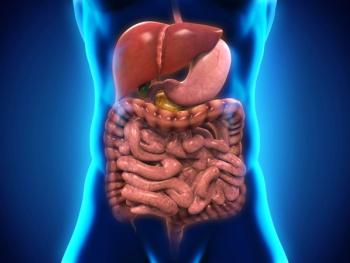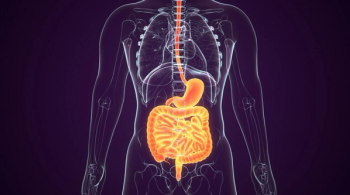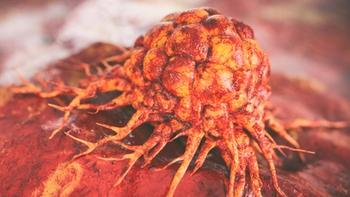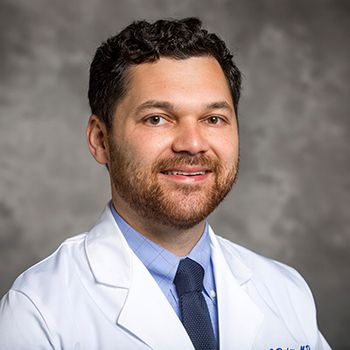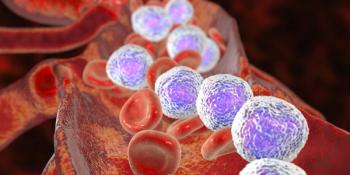
Oncology NEWS International
- Oncology NEWS International Vol 6 No 5
- Volume 6
- Issue 5
Lipid May Provide a Rapid Method for Detecting MDR Breast Cancers
CHICAGO--Investigators at the John Wayne Cancer Center, Santa Mon-ica, Calif, have discovered a lipid that appears to be unique to multidrug-resistant (MDR) cancers.
CHICAGO--Investigators at the John Wayne Cancer Center, Santa Mon-ica,Calif, have discovered a lipid that appears to be unique to multidrug-resistant(MDR) cancers.
Because the lipid, glucosylceramide, can be identified in a matter ofhours by lipid chromatography, it may provide an easy way of detectingmalignancies that will not respond to chemotherapy, Anthony Lucci, MD,said at the Society for Surgical Oncology's Cancer Symposium.
Glucosylceramide was first identified in the MCF-7 doxorubicin-resistantbreast cancer cell line, Dr. Lucci noted, but was absent from wild-type,non-drug-resistant breast cancer strains. It has been identified in twoother MDR cancer cell lines--KB-V-1 epidermoid carcinoma and OVCAR-3 ovariancarcinoma.
It also was found in all drug-resistant tumor tissue samples from agroup of AJCC stage IV melanoma patients and stage IV breast cancer patients.In every case, however, the lipid was not present in tissue samples fromstage IV melanoma or breast cancer patients who had at least a partialresponse to chemotherapy.
When the researchers assessed the rate of synthesis of glucosylceramide,they found a ninefold higher rate of formation in MDR cell lines. Theyconcluded, therefore, that glucosylceramide is an attractive new markerfor multidrug resistance. "It is not something that usually accumulatesin cells, but it is found in all MDR cell lines tested and in patientswith a clinical history of unresponsiveness to chemotherapy," Dr.Lucci said.
He noted that this pilot study involved a small number of patients,and the marker is currently being evaluated prospectively in a larger numberof advanced-stage breast cancer patients.
Articles in this issue
over 28 years ago
Delaying Chemotherapy May Compromise Distant Controlover 28 years ago
Precision Dosing a Reality with Intensity Modulated RTover 28 years ago
Breast Cancer Guide on CD-ROM Is Availableover 28 years ago
Mammography's Predictive Value May Be Improvedover 28 years ago
Oncology Administrators Must Plan for Transition in Mergersover 28 years ago
Differentiation Agent Improves Myelodysplasia Survival Ratesover 28 years ago
NCPB Hears From Several Cancer Groups on Policy Issuesover 28 years ago
Guidelines Needed for Distress in Cancer Patientsover 28 years ago
Skin Cancer Project Receives Recognitionover 28 years ago
Few Patients Surveyed Regret Prophylactic MastectomyNewsletter
Stay up to date on recent advances in the multidisciplinary approach to cancer.


